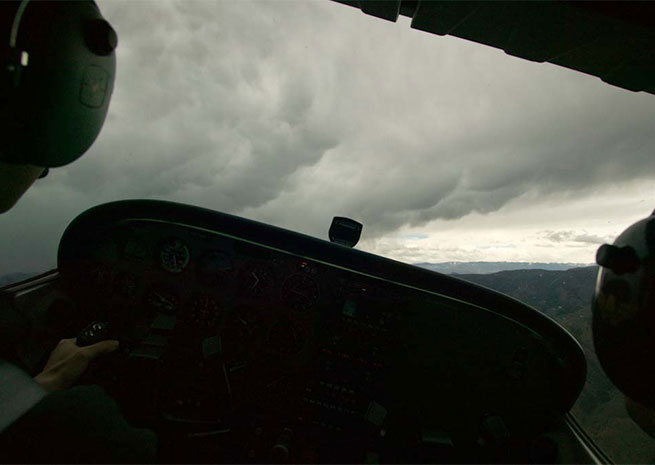NTSB seeks better weather delivery
Urges FAA, National Weather Service to improve communication with pilots
In 2010, a Cessna 182R struck mountains near Corvallis, Ore., with two fatalities. The following year, a Eurocopter with five on board struck mountains on the island of Molokai, Hawaii. Another person was killed in 2012, when a Gulfstream American AA-5A impacted terrain in Oregon, and four people died in 2013 when a Mooney M20E hit terrain shortly after departure from Angel Fire, N.M.
In each of these cases, weather forecasts provided to the public noted more severe weather conditions than were detailed in aviation weather provided to the flight crews, and the National Transportation Safety Board issued on May 6 a call for the FAA and National Weather Service to improve weather forecast delivery to general aviation pilots.

“What’s difficult to understand is why weather advisories from the National Weather Service to the general public, at times, provide more comprehensive information about weather conditions than the advisories they provide to pilots experiencing the same conditions,” said NTSB Board Member Earl Weener, in a news release. “Why pilots would receive less information makes no sense, and increases the risk of flying in severe weather conditions. That is why this issue is on the NTSB’s Most Wanted List.”
The accidents were detailed in letters sent May 6 to FAA and NWS leaders, seeking action on recommendations to improve forecast data delivery to pilots. Improved aviation weather information distribution is among the items on the agency’s 2014 Most Wanted list, which is updated annually based on accident trends in all forms of transportation.
The announcement follows the May 1 launch of the “Got Weather?” campaign by the FAA and aviation groups including the AOPA Foundation’s Air Safety Institute. That effort will include a variety of weather education products developed by the Air Safety Institute and other organizations that focus on specific weather conditions that have contributed to accidents, with a goal of making pilots better informed, and more aware of forecast information sources and other available weather products.
The NTSB recommendations issued May 6 focus on improving situational awareness for pilots and controllers, and better disseminating important weather information within the aviation system.
“Safety will be enhanced for airmen and their passengers when pilots are given a complete weather report including all of the most current weather information,” Weener said.



